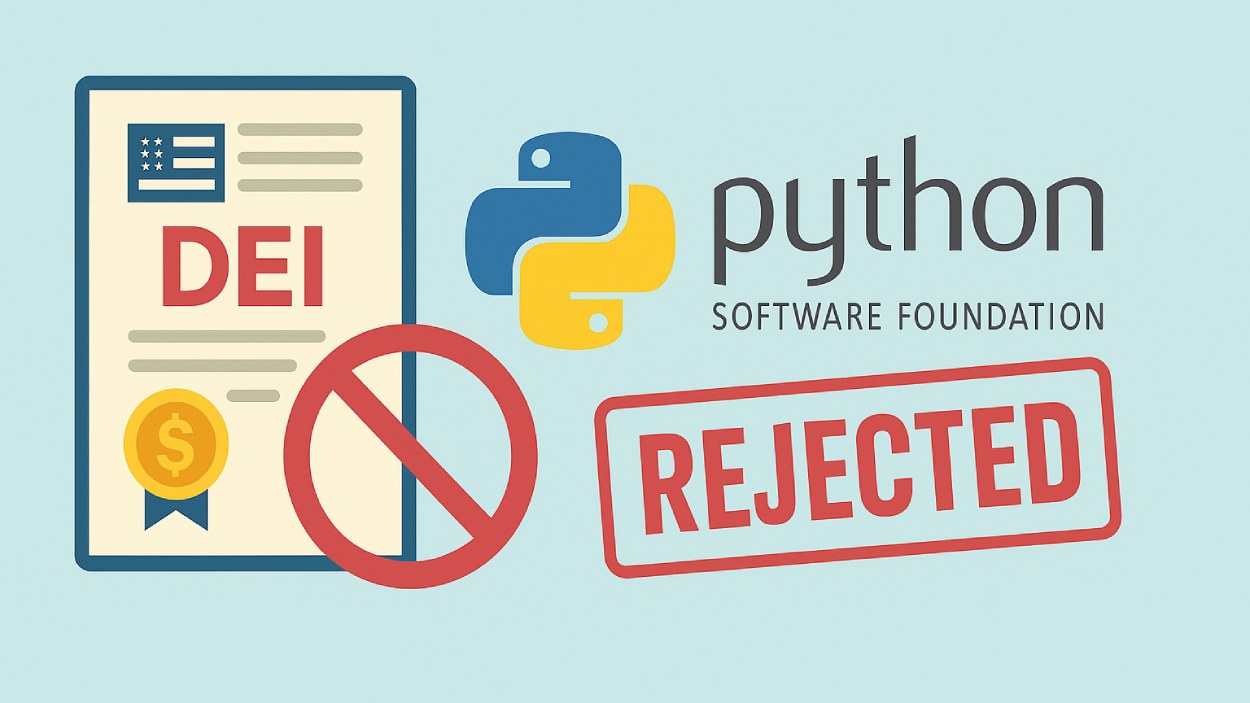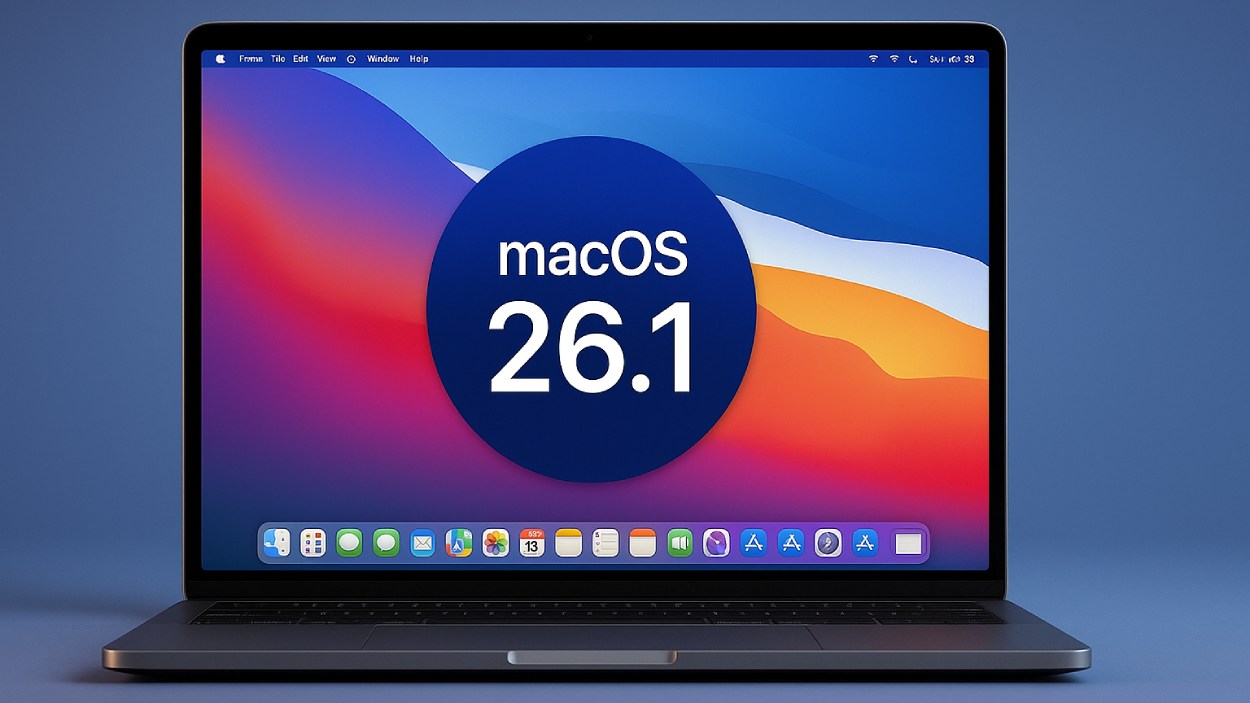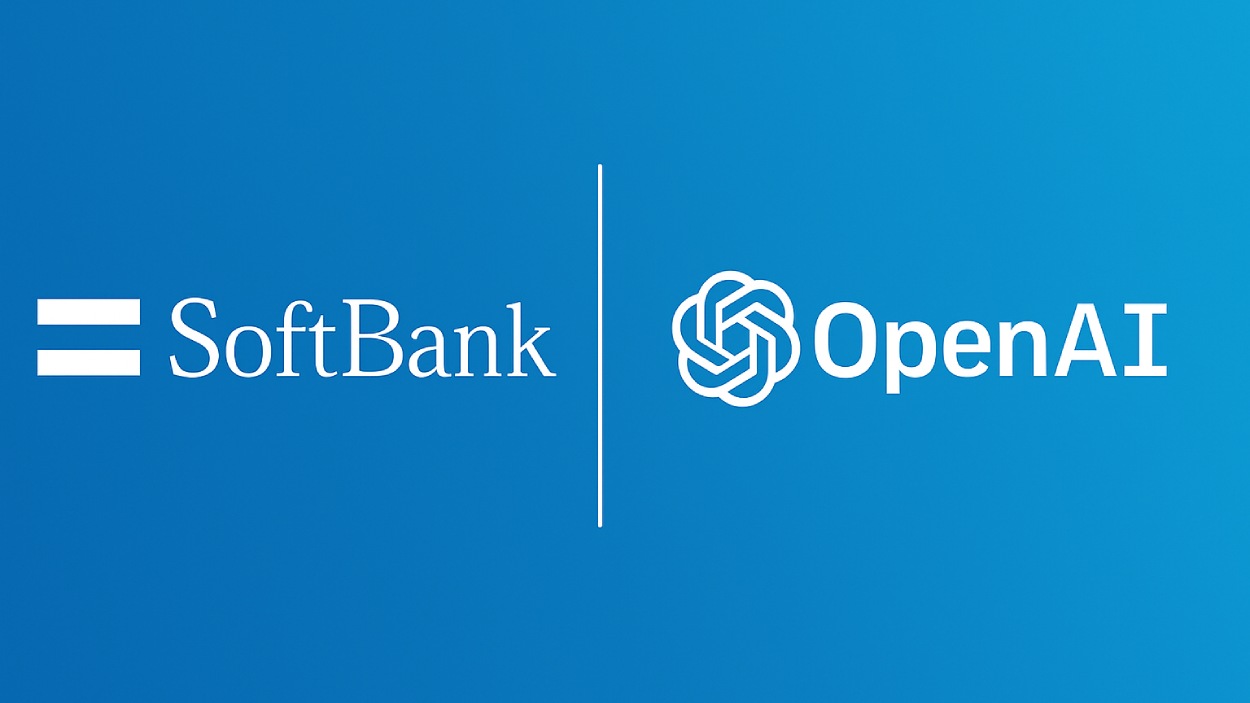Canva has emerged as a leading visual‑design platform, used by millions of individuals and enterprises worldwide. Its growth story is anchored not just in elegant tools but in the scale of its workforce, reach, and innovation across industries. From marketing agencies in New York to classrooms in Nairobi, Canva has enabled creative output at scale. Below, you can begin to explore how many people power Canva’s operations, and why that matters.
How Many People Work At Canva?
- Canva employs approximately 5,500 people globally.
- In 2023, Canva hired 1,128 new employees, pushing its total headcount toward 4,000.
- Canva now serves over 220 million monthly active users.
- As of 2025, Canva has crossed $3 billion in annualized revenue.
- The company’s valuation is estimated at $42 billion as of 2025.
- Canva Enterprise is now adopted by 95% of Fortune 500 companies.
Recent Developments
- In October 2024, Canva’s valuation was about $32 billion; by mid‑2025, it had risen to $42 billion.
- The company crossed $3.3 billion ARR (annual recurring revenue) by August 2025.
- As of March 2025, Canva reported ~240 million monthly active users, up from ~220 million in late 2024.
- Canva released Visual Suite 2.0 in April 2025, introducing AI‑enabled spreadsheets, web design, and integrated visuals.
- In June 2025, Canva acquired Australian AI marketing startup MagicBrief.
- Canva continues to expand features in Enterprise, adding security, administrative controls, and integration with platforms like HubSpot and LinkedIn.
- In 2024, Canva also announced a co-funded solar energy project as part of its sustainability efforts.
- Outlook, The company signals intent to compete with Google and Microsoft in office software (e.g., web and whiteboard tools).
Canva’s Current Team (Key People)
- Melanie Perkins serves as Canva’s CEO and Co-founder, leading the company’s strategic vision, global expansion, and product direction.
- Cliff Obrecht, Canva’s COO and Co-founder, oversees operations, fundraising, and internal alignment across departments.
- Cameron Adams, the Chief Product Officer (CPO) and third co-founder, drives Canva’s product innovation, user experience, and feature roadmap.
- Zach Kitschke, Canva’s Chief Marketing Officer (CMO), leads brand, communications, and go-to-market strategy globally.
- Anwar Haneef, as Head of Canva for Education, oversees Canva’s initiatives in classrooms, schools, and higher education institutions worldwide.
- Dave Hearnden, Canva’s Head of Engineering, manages the platform’s technical infrastructure and development teams.
- Ivan Hristov, Global Head of Sales, directs enterprise sales operations and strategic account growth.
- Laura Hegarty, Canva’s General Counsel, manages legal, compliance, and policy affairs across jurisdictions.
- Mark Randall, Canva’s Chief People Officer, is responsible for talent development, organizational growth, and culture shaping.
- Canva’s executive team operates with a flat structure, encouraging autonomy, transparent decision-making, and fast iteration cycles.
Canva User Base Breakdown by Category
- Casual Users make up 64.8% of Canva’s total user base, showing that the majority of people rely on Canva for occasional design needs.
- Education Users account for 26.1%, highlighting Canva’s strong adoption in schools and universities worldwide.
- Paying Subscribers represent 9.1%, indicating the smaller but most revenue-driving portion of Canva’s community.
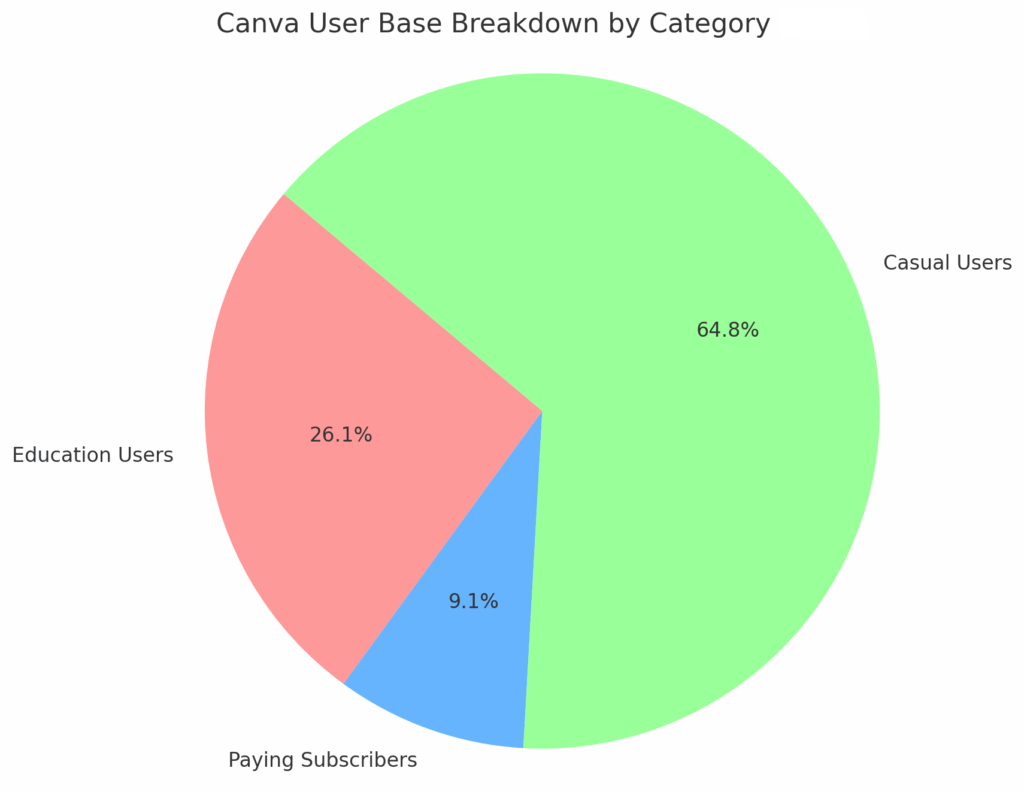
Canva Overview
- Canva is a graphic design and publishing platform launched in 2013 by Melanie Perkins, Cliff Obrecht, and Cameron Adams.
- Its stated mission, “empower the world to design anything, publish anywhere.”
- The product operates on a freemium model, free use for individuals and paid tiers (Pro, Teams, Enterprise) for advanced features.
- Over time, Canva expanded into video editing, print services, and data visualization tools via acquisitions like Flourish and Smartmockups.
- Canva supports usage in 190+ countries and with 100+ languages.
- Its template library and media assets exceed 100 million graphics, photos, and videos.
- Since launch, users have created over 30 billion designs on the platform.
- Canva also maintains a presence via acquired brands like Pixabay, Pexels, and Serif (Affinity).
- The platform now positions itself not only as a creative tool but as a collaboration and brand management hub for teams.
Number of Employees at Canva
- The most recent figure places Canva’s global headcount at 5,500 employees in 2025.
- Other sources cite “over 5,000” employees, with some rounding the figure to ~5,000.
- In 2023 alone, Canva added 1,128 new hires.
- In 2024, approximately 500 new employees joined.
- Back in 2020, Canva’s team had grown to around 1,000 employees.
- Between 2013 and 2023, the company scaled from 3 founders to ~4,000 employees.
- Some earlier sources estimated 4,500 employees before the recent expansion.
- The LinkedIn company profile lists a size bracket of 1,001–5,000 employees, consistent with public estimates.
- The variance in different sources reflects both rapid growth and rounding, reporting lags.
Canva Gender Distribution
- Female users make up 53.4% of Canva’s community, reflecting the platform’s strong appeal among women in design and creative industries.
- Male users account for 46.6%, showing a near balance in adoption and highlighting Canva’s wide gender inclusivity.
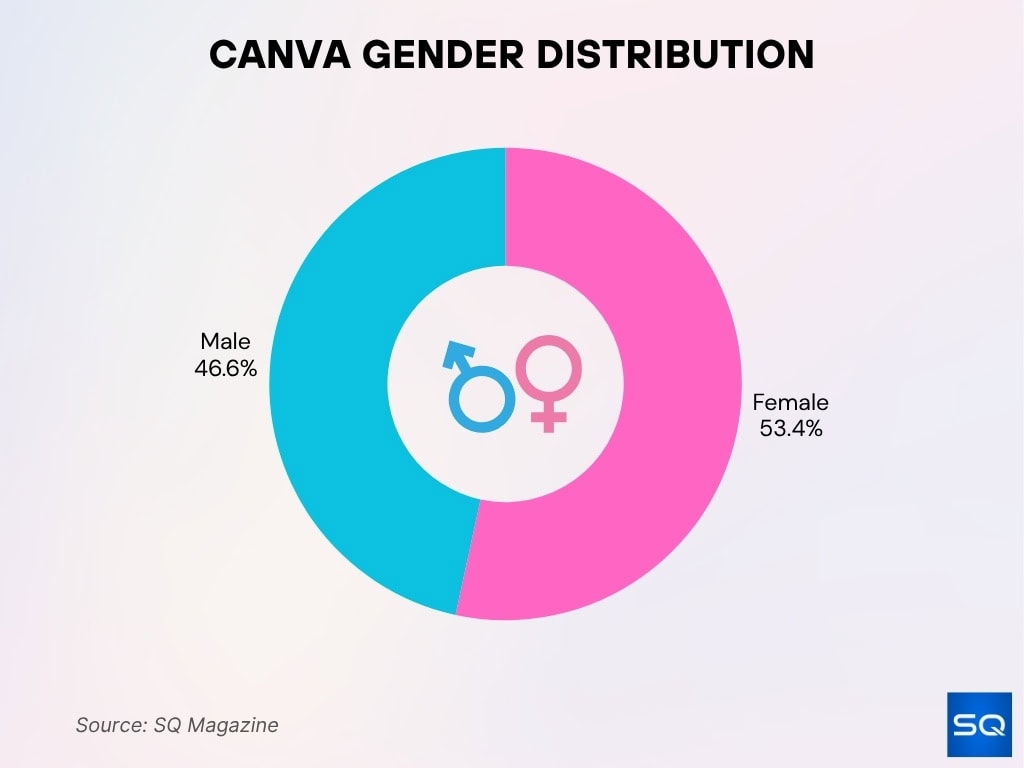
Canva Employee Growth Over Time
- In 2013, Canva began with essentially a founding team (3 people).
- By 2015, the employee count had grown to ~50 employees.
- In 2016, the count doubled to roughly 100 staffers.
- By 2019, the company employed 500+ people.
- In 2020, headcount breached 1,000 employees.
- In 2022, the company reported growing its team 3.2× to over 3,200 people.
- In 2023, growth accelerated with 1,128 hires, reaching ~4,000 people.
- In 2024, around 500 more employees were added.
- The trajectory shows steeper growth in the last 3–4 years as Canva scales into AI, enterprise, and global markets.
Canva’s Company Culture & Awards
- Canva emphasizes a local mindset with global reach, embedding culture into teams regardless of geography.
- The company has partnered with Deloitte to explore future-of-work models, reinforcing a culture of innovation and remote collaboration.
- In a Canva survey, 81% of employees said collaborating virtually has become the “new normal.”
- 77% felt remote collaboration was more challenging during the pandemic than before.
- 84% said they needed new or improved tech to collaborate effectively.
- Canva has internal recognition programs; 81% of employees who feel appreciated report high job satisfaction.
- The company has received accolades in tech and design innovation, although detailed awards vary by year (not all public).
- Canva’s internal philosophy encourages empathy, inclusion, and feedback loops, particularly in hybrid settings.
- Its remote-first, hybrid strategy gives team members location flexibility and deeper autonomy.
Global Distribution of Canva Employees
- Canva positions itself as a globally distributed company, hiring across continents.
- Canva has offices in 13 locations, but over 2,119 employees are categorized as “Other,” signifying remote or flexible work arrangements.
- The Sydney office is its largest hub, with about 935 employees.
- Austin, Texas, has around 170 employees.
- London is home to about 86 employees.
- San Francisco has approximately 74 employees in that region.
- Other Australian offices, Melbourne (~228), Brisbane (~60), Perth (~30).
- Metro Manila, Philippines, hosts ~206 Canva employees.
- Vienna, Austria, also has a presence (~29 employees).
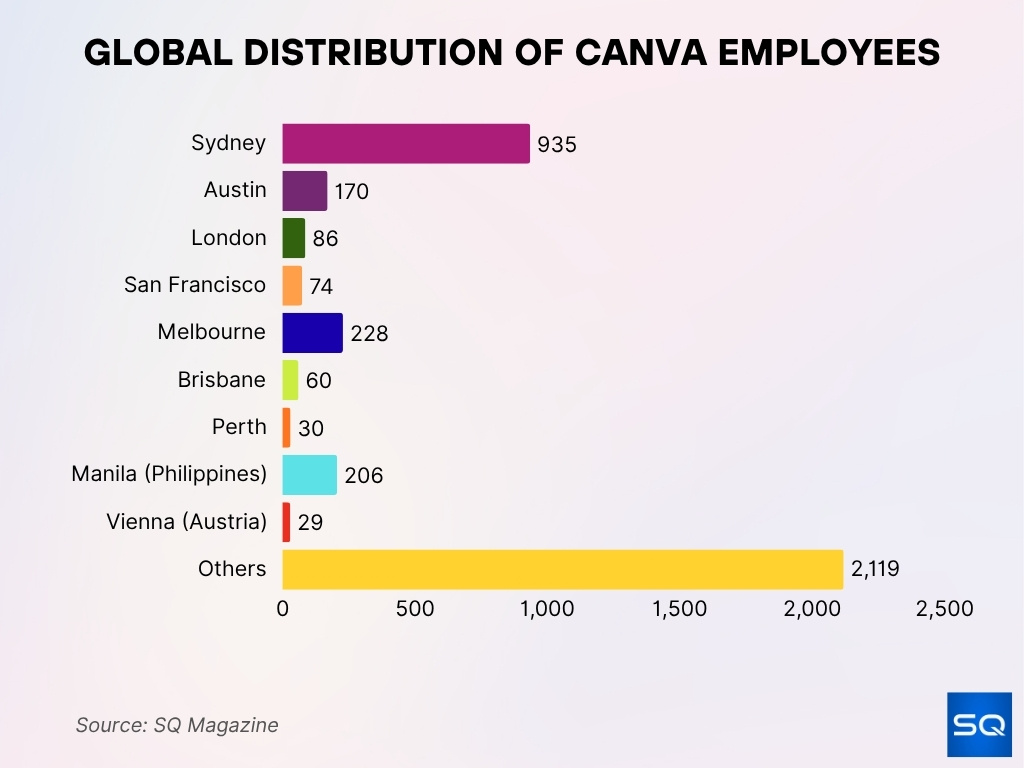
Diversity & Inclusion at Canva
- Canva maintains a goal of 40% men / 40% women / 20% gender diverse representation.
- In U.S. hiring (2021), 50% of roles went to women.
- Within engineering, 21% of new hires in 2021 were women.
- In product roles, 41% of hires in 2021 were women.
- Canva publicly tracks diversity metrics and sets internal goals to maintain accountability.
- The company cites the belief that diversity without inclusion doesn’t yield creative benefits, leading it to integrate inclusion in hiring and team design.
- To guard against bias, Canva has training for hiring managers and inclusive processes emphasizing candidate values over credentials.
- Canva has publicly acknowledged that change is ongoing, its published data is partial but growing over time.
- Representation in leadership and executive roles is held to the same goals, though detailed breakdowns are less frequently disclosed publicly.
Comparison with Other Tech Companies
- Canva trades at about 12.7× revenue, while Figma trades at ~43.2×, highlighting Canva’s more conservative valuation multiple.
- Adobe’s forward revenue multiple is ~12.5×, making Canva’s valuation comparable to that of a mature SaaS company.
- Figma’s 2024 revenue was estimated at $749 million, much lower than Canva’s scale.
- Figma’s valuation in 2024 was about $12.5 billion, while Canva’s recent valuation is ~$42 billion.
- Adobe’s total revenue in 2024 was in the tens of billions, dwarfing Canva, but Canva’s user base growth is more aggressive in relative terms.
- Canva’s ability to monetize across free and enterprise segments gives it an edge over niche platforms like Figma.
- Adobe leads the creative software market with ~58% share, yet Canva is gaining traction in the small business and education sectors.
- In growth rate terms, Canva’s user base has scaled faster than many legacy incumbents over the last 3–4 years.
- Canva’s “freemium + AI viral loops” strategy is often contrasted with Adobe’s licensing and Figma’s designer‑centric model.
Roles and Teams at Canva
- The Engineering team is the largest single group, with about 1,481 employees, or close to two‑fifths of the workforce.
- Marketing + Product together are ~862 employees.
- Sales & Support has ~329 people.
- Business Management functions (finance, operations, HR) total ~303.
- Information Technology has ~198 employees.
- Finance & Administration count is ~170.
- Operations encompasses ~152 persons.
- Human Resources is ~143.
- Healthcare / People Support / Wellbeing roles are ~137.
- Other miscellaneous roles amount to ~162, covering internal projects, cross‑team support, R&D, and miscellaneous functions.
- Canva supports team-level autonomy, distributed sprints, cross-functional squads, and design + product alignment to user metrics and feedback loops.
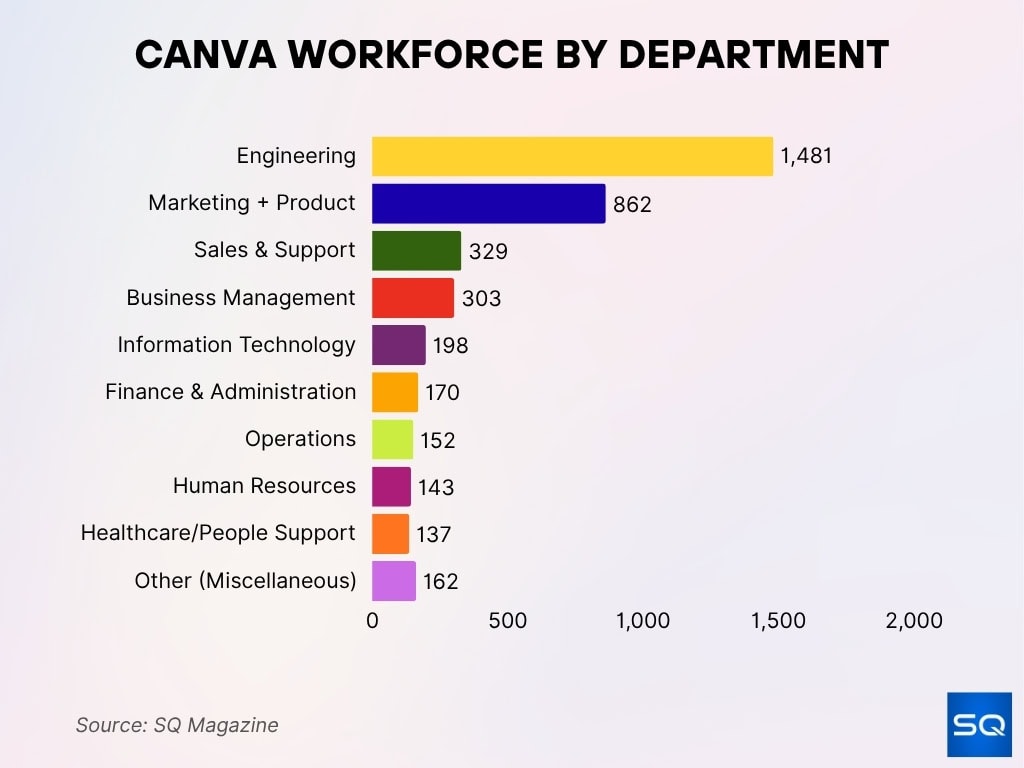
Canva Revenue and Valuation
- Canva recently crossed $3 billion in annualized revenue.
- Some reports place its valuation at $42 billion, following an employee share sale.
- In 2024, Canva generated revenue of approximately $2.7 billion, representing ~35% year‑over‑year growth.
- Earlier, in 2023, Canva’s revenue was roughly $2 billion.
- Canva’s valuation has jumped from $32 billion in late 2024 to $42 billion in 2025, driven by liquidity events.
- Analysts note that even at 12.7× revenue, Canva is “remarkably cheap” compared to high‑multiple peers.
- The secondary share sale allowed employees to realize gains without a full IPO.
- Some speculative sources suggest even higher valuations (e.g. $65 billion), though these are less substantiated.
- Market observers see the valuation move as a bet on AI monetization and future growth, not just current earnings.
Canva User Base Growth
- Canva now serves over 220 million monthly active users globally.
- The number of paying users is estimated at 21 million as of late 2024.
- From October 2024 to December 2024, the user base rose from ~200 million to 220 million.
- Since December 2021, Canva’s user base has grown ~2.93×.
- In 2023, the user base was ~135 million, and in 2022, ~100 million.
- Daily design creation estimates, ~38.5 million designs/day (annualizing to ~14 billion/year).
- Canva is used in 190+ countries, spanning multiple continents.
- Over 95% of Fortune 500 companies use Canva’s enterprise tools.
- The user base is projected to keep rising as AI and collaboration features attract new segments.
Notable Partnerships & Clients
- In its first year of Canva Enterprise, the platform reduced brand review time by 77% at FedEx across 1,400 teams in 45 countries.
- DocuSign saved $300K in design hours and improved sales engagement by 50%.
- Enterprise features include ISO 27001 and SOC 2 Type II certifications, bolstering trust for large clients.
- Canva’s partner ecosystem includes resellers like SoftBank, CDW, and consultancies like Deloitte to assist large deployments.
- Integrations include HubSpot and LinkedIn for seamless design embedding into marketing workflows.
- Over 95% of Fortune 500 companies adopt Canva’s enterprise tools.
- Canva is recognized on CNBC’s 2025 Disruptor 50 list, highlighting its influence in business.
- Clients in real estate (e.g., Engel & Völkers, Keller Williams), global agencies, and brands use Canva Enterprise to ensure brand consistency at scale.
- Canva also serves education institutions globally through its Canva for Education / Campus programs.
Canva’s Impact on the Design Industry
- Canva’s user-first approach democratized design, enabling non-designers to create visual content at scale.
- It has contributed to the rise of the visual economy, where visual communication is central to marketing, internal communications, and data storytelling.
- In 2024, 94% of marketers surveyed allocated AI budgets. Canva’s integration of AI helps brands respond to that shift.
- Trend reports show “motion” searches up 109%, and “animation” up 78%, signaling evolving design norms.
- Canva claims AI tools (Magic, Magic Studio) have been used billions of times as of its 2025 rollout.
- Canva’s expansion into data storytelling, spreadsheets, web design, and whiteboards signals competition with traditional design and productivity tools.
- Its impact pressures incumbents like Adobe to adapt pricing and UX models for broader audiences.
- Educational adoption of Canva accelerates design literacy among students, altering the future talent base in graphic design.
- As a platform combining design + collaboration + AI, Canva pushes the boundaries of how creative workflows are built today and tomorrow.
Frequently Asked Questions (FAQs)
Over 2,119 employees are classified as “Other (remote/undesignated)”, which exceeds the 935 staffers in its Sydney hub.
With ~500 new hires in 2024 and a total headcount of ~5,500, new hires accounted for approximately 9% of the workforce that year.
Canva has approximately 5,500 employees globally as of 2024.
In 2023, Canva added 1,128 new employees.
Conclusion
Canva has grown from a small startup to a global design powerhouse, with over 220 million users, an annualized revenue above $3 billion, and a valuation in the $40‑plus billion range. Its distributed workforce supports a mission that touches classrooms, enterprises, and creative professionals around the world. By embedding AI, expanding its enterprise footprint, and building deep integrations, Canva is reshaping how design works and who can do it. As creative tools and visual communication continue to evolve, Canva’s trajectory offers a compelling window into the future of design.









































